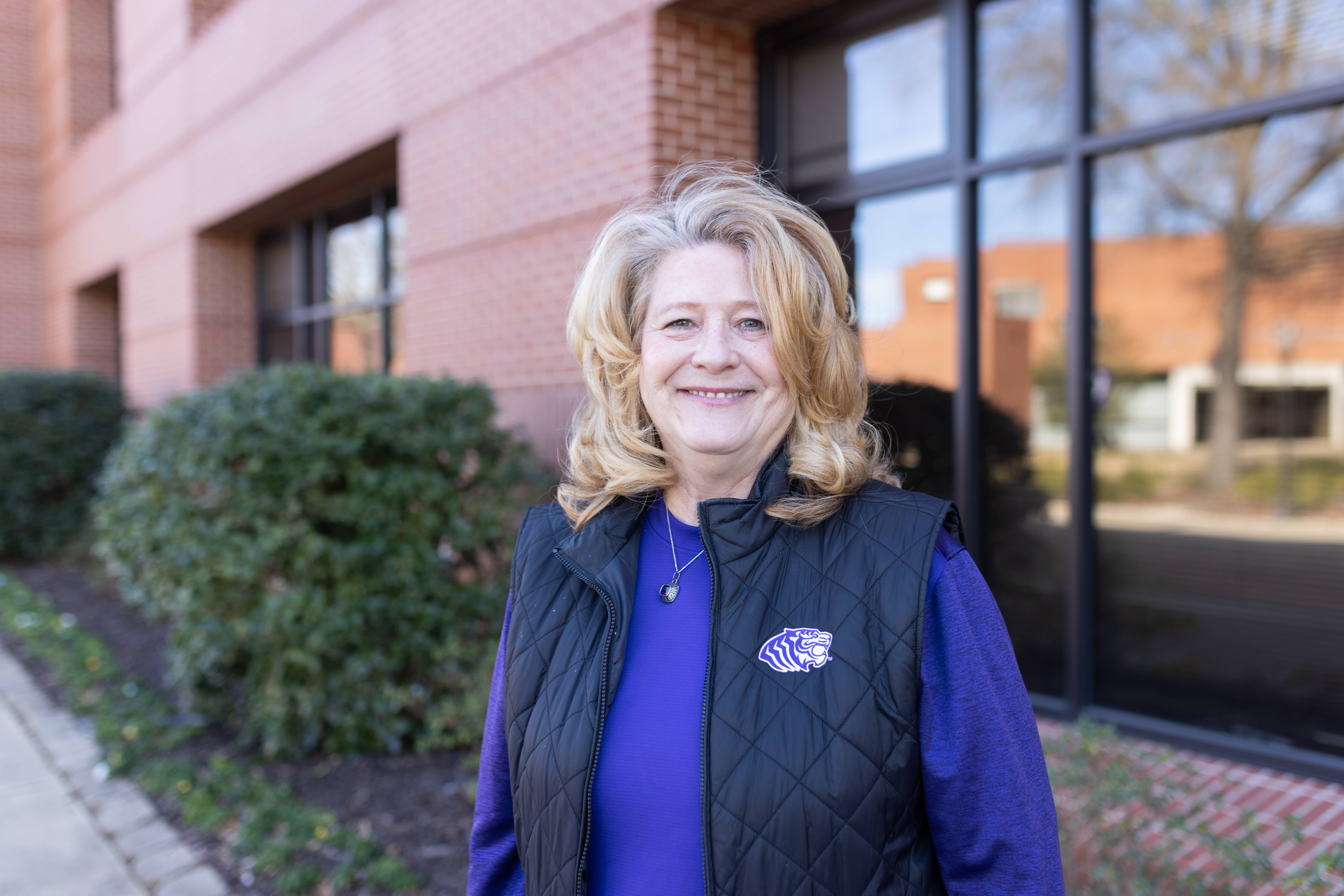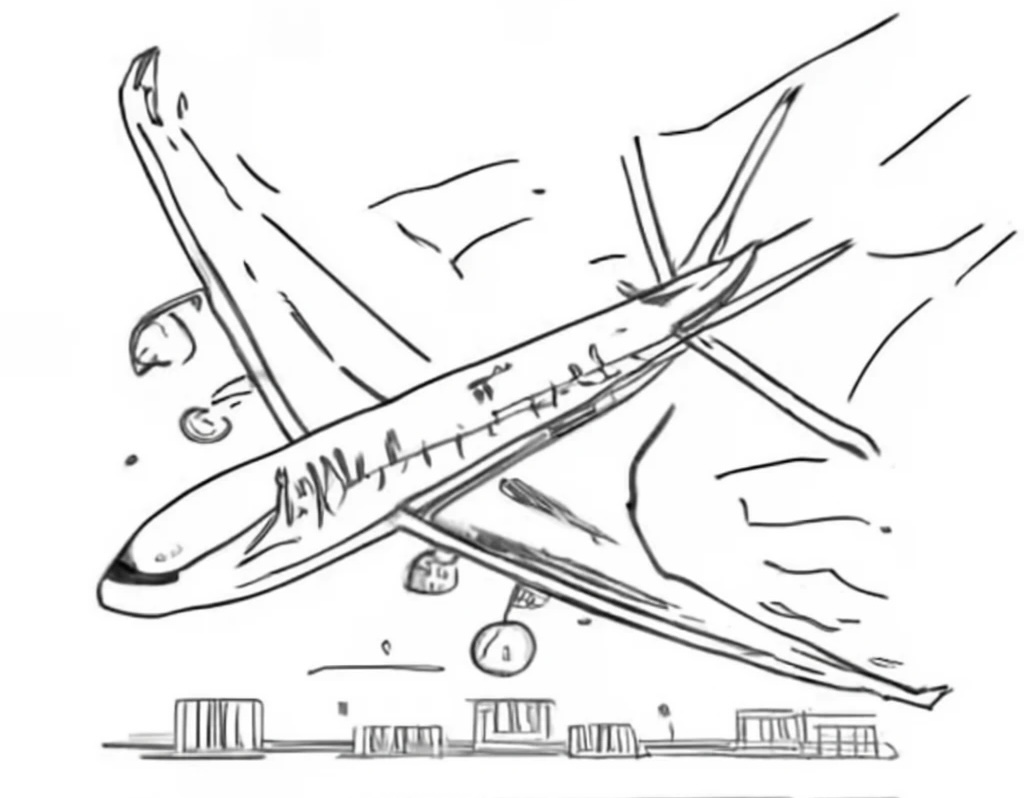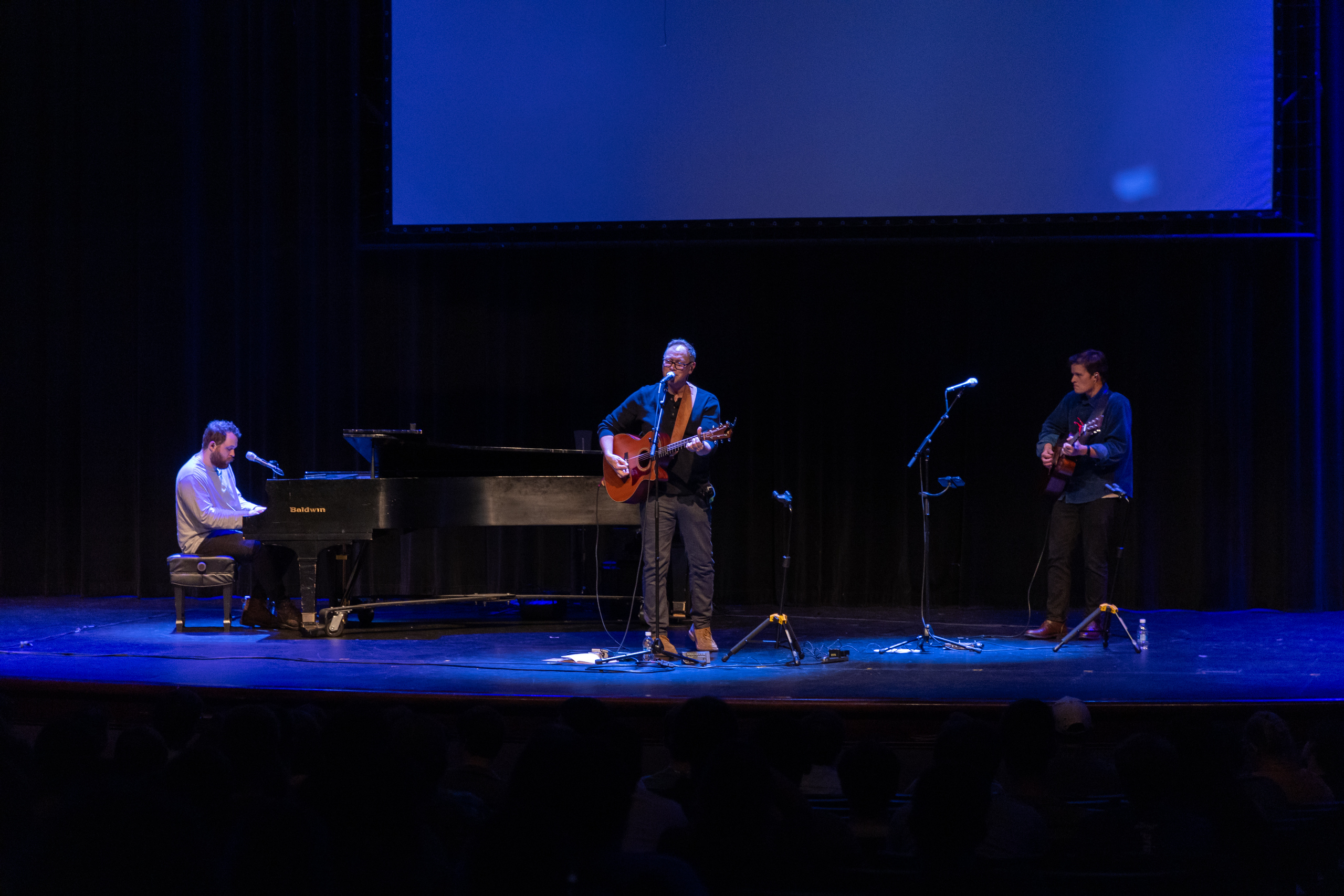The American heritage and contemporary world map tests are an important part of Ouachita’s curriculum.
“It probably goes back a quarter of a century,” said Dr. Tom Auffenburg, R. Voyt professor of history. “This is not just an OBU phenomenon. It’s nationwide.”
However, despite its established nature, students wonder why they are required to learn so many locations, many of which they will never visit.
Students taking the western contemporary world map test are given seven maps and told to memorize where the countries, major cities, bodies of water and other geographical features are located.
The American civilization students do the same with a map of the United States, along with learning the surrounding countries.
“In some ways it’s one of the easiest kinds of tests you can have because you are told ‘here’s what you need to know and here’s the format it will be,’” Auffenburg said.
Maps given to students taking the tests serve as study guides, and students are given about a month to learn the material.
“If you’re going to be literate about the current situation of the world, you need to know something about geography,” said Dr. Stan Poole, dean of the school of interdisciplinary studies. “You need to know something about how countries relate to each other and where the center of powers are.”
The map tests help students with geographic literacy.
“We discovered that students in junior high school and high school don’t have any geographic background,” Auffenburg said. “There’s a lot of geographic illiteracy.”
Students are required to make 80 percent on the first test, they are given two more dates to pass the test.
“It’s one of those things that if you give it the same amount of time and effort that you would give any other exam, you’re going to do just fine,” said Dr. Kevin Motl, assistant professor of history.
The American civilization map test is on Sept. 30, and the contemporary world test is on Oct. 14. Both tests will be given in McClellan 100 from 8 a.m.-5 p.m.




